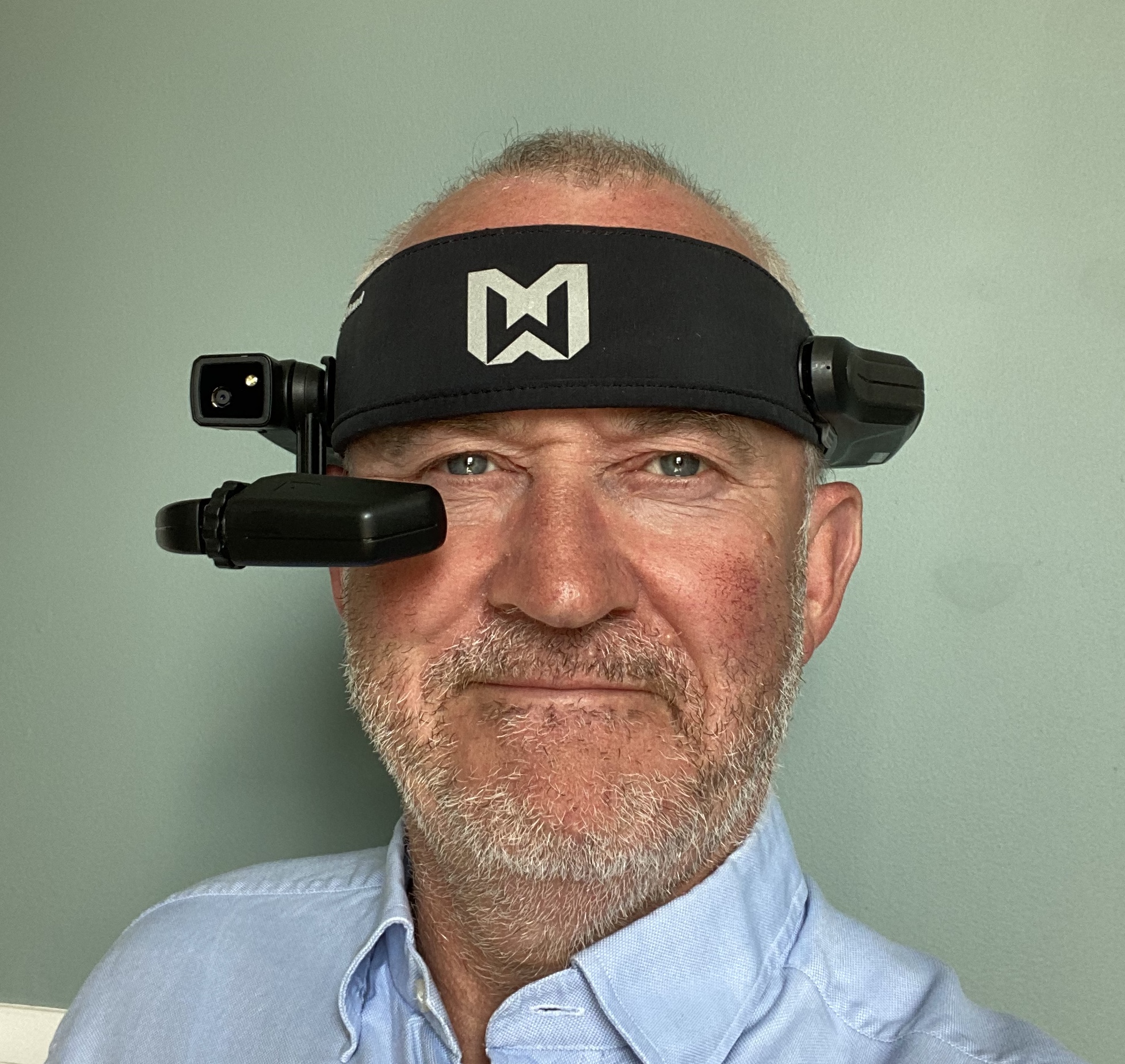Product Q&A: Virtual and augmented reality
Virtual and augmented reality technologies are providing innovative industry solutions for design visualisation, training and maintenance. The Engineer asked a panel of experts about the latest trends, applications and developments.
Meet the experts
Jon Arnold, VP of sales EMEA, RealWear Inc
John Murray, senior product manager, Virtalis
Alex Karim, IoT and mixed reality specialist, Microsoft
Michael Lewis, digital theme lead, Sheffield University AMRC
Paul Haimes, VP European technical sales, PTC
What trends and requirements are driving developments in this area?

JA: Due to the new challenges forced upon companies by the pandemic, they have no appetite for technology that is unproven, they have a requirement for technology that is ready to use now, out-of-the-box.
The challenge for many companies is how fast they can equip their teams with assisted reality solutions to stay competitive, or to meet the demands of their customers. Much of this depends on whether the solutions can offer seamless integration with core enterprise applications and backend systems; for instance, Microsoft Teams or Zoom as collaboration platforms. Compatibility with these is essential.
Register now to continue reading
Thanks for visiting The Engineer. You’ve now reached your monthly limit of premium content. Register for free to unlock unlimited access to all of our premium content, as well as the latest technology news, industry opinion and special reports.
Benefits of registering
-
In-depth insights and coverage of key emerging trends
-
Unrestricted access to special reports throughout the year
-
Daily technology news delivered straight to your inbox










CCC Report Finds UK Climate Targets Still Within Reach
In 1990 67% of the UK´s electricity came from coal-fired power stations and even without renewables the transition to gas was a major contributor to...